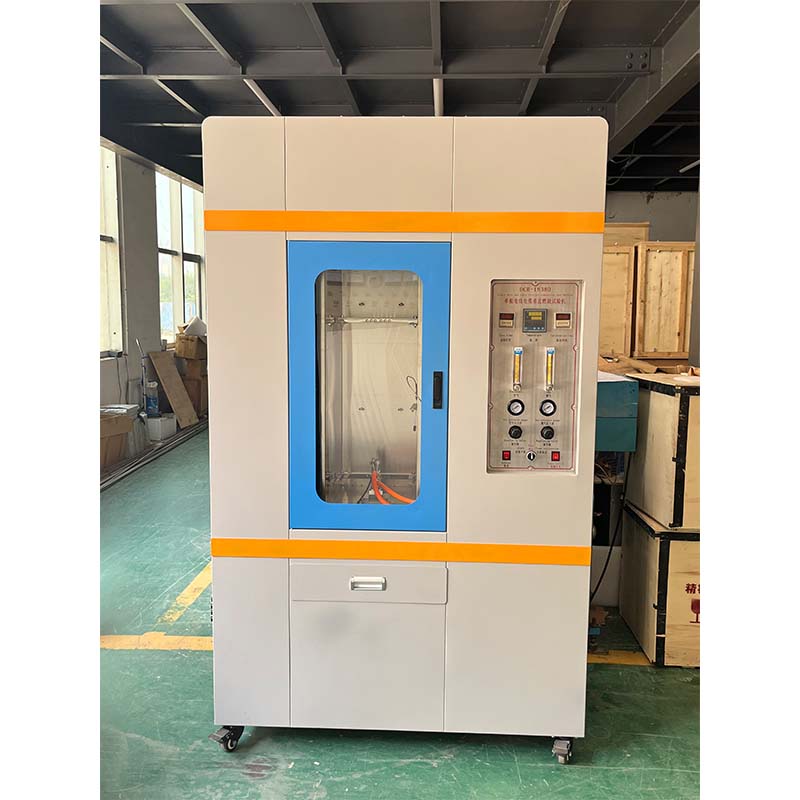optical measuring machines
Optical Measuring Machines Revolutionizing Precision Measurement
In the world of manufacturing and quality assurance, accuracy is paramount. Optical measuring machines (OMMs) have emerged as transformative tools that enhance precision measurement across various industries. By utilizing advanced optical technology, these machines enable manufacturers to achieve the highest standards in measurement, ensuring that products meet stringent quality requirements.
Optical measuring machines operate on the principles of light and optics, using high-resolution cameras and sophisticated software to capture the shapes and dimensions of objects. Unlike traditional measuring tools, OMMs do not require direct contact with the workpiece. This non-contact measurement method is particularly beneficial for delicate components, such as microelectronics or precision mechanical parts, where contact can lead to damage or deformation.
One of the primary advantages of OMMs is their ability to measure complex geometries with exceptional accuracy. Utilizing techniques such as laser triangulation and white light interferometry, these machines can provide precise measurements of surface profiles, dimensions, and form. They are equipped with advanced algorithms that analyze images in real-time, resulting in quick and reliable data processing. This speed is crucial in high-volume manufacturing environments where time is a critical factor.
In addition to speed and accuracy, optical measuring machines offer a high degree of versatility. They can be customized to handle a wide range of applications, from quality control in automotive manufacturing to precision measurements in aerospace and medical device production. The adaptability of OMMs allows manufacturers to accommodate different materials, shapes, and sizes, making them an indispensable tool for modern production lines.
optical measuring machines

Furthermore, OMMs are often integrated with other systems, such as computer-aided design (CAD) software and automation solutions. This integration streamlines the measurement process, allowing for seamless data transfer and analysis. As a result, manufacturers can quickly identify discrepancies in production runs, enabling timely adjustments to maintain quality standards.
Financially, the investment in optical measuring machines can yield significant returns. Although the initial cost may be high, the savings associated with reduced scrap rates, enhanced product quality, and improved production efficiency quickly offset the expenditure. In today's competitive market, investing in advanced measurement technology is a strategic move that can lead to long-term profitability.
As industries increasingly prioritize quality and precision, the role of optical measuring machines is set to expand further. Innovations in optical technology continue to emerge, promising even greater capabilities and accuracy. For manufacturers looking to enhance their measurement processes, embracing optical measuring machines represents a forward-thinking approach to achieving excellence in production and quality assurance.
In conclusion, optical measuring machines are revolutionizing precision measurement, offering non-contact solutions that combine speed, versatility, and accuracy. As technology evolves, these machines will undoubtedly play a critical role in shaping the future of manufacturing, ensuring that industries can meet ever-increasing demands for quality and efficiency.
-
Why the Conductor Resistance Constant Temperature Measurement Machine Redefines Precision
NewsJun.20,2025
-
Reliable Testing Starts Here: Why the High Insulation Resistance Measuring Instrument Is a Must-Have
NewsJun.20,2025
-
Flexible Cable Flexing Test Equipment: The Precision Standard for Cable Durability and Performance Testing
NewsJun.20,2025
-
Digital Measurement Projector: Precision Visualization for Modern Manufacturing
NewsJun.20,2025
-
Computer Control Electronic Tensile Tester: Precision and Power for the Modern Metal Industry
NewsJun.20,2025
-
Cable Spark Tester: Your Ultimate Insulation Assurance for Wire and Cable Testing
NewsJun.20,2025
 Copyright © 2025 Hebei Fangyuan Instrument & Equipment Co.,Ltd. All Rights Reserved. Sitemap | Privacy Policy
Copyright © 2025 Hebei Fangyuan Instrument & Equipment Co.,Ltd. All Rights Reserved. Sitemap | Privacy Policy
